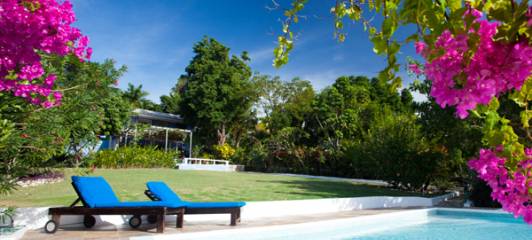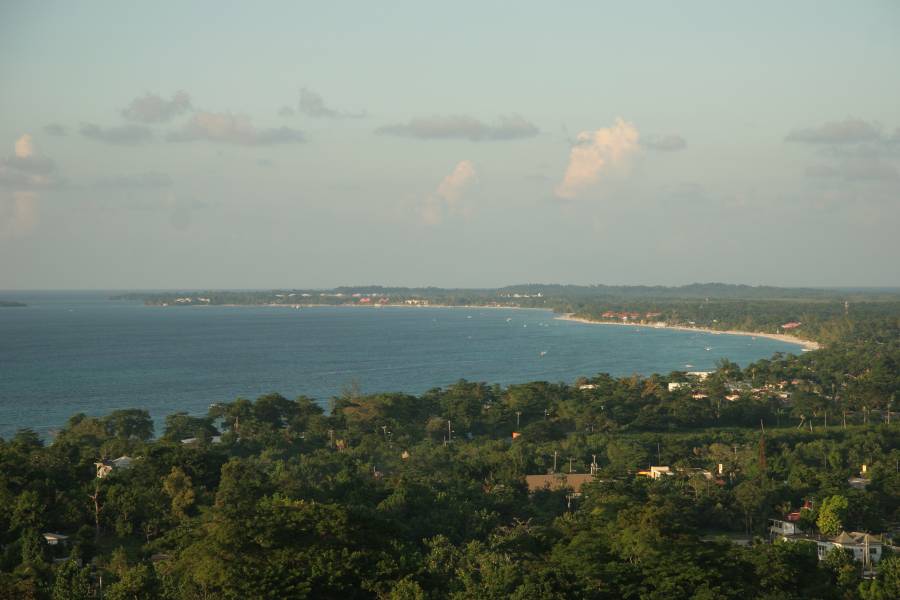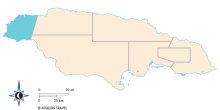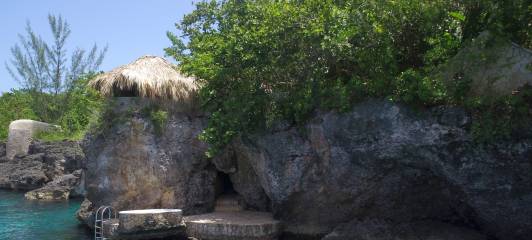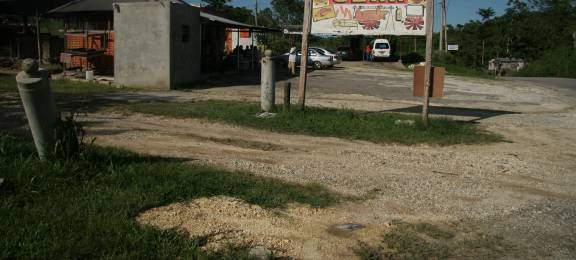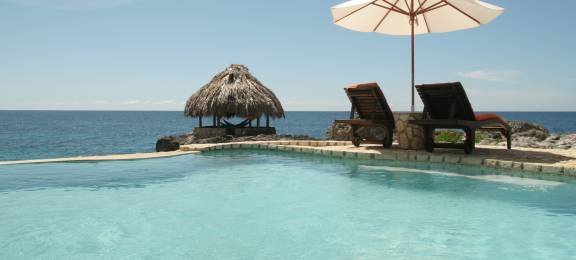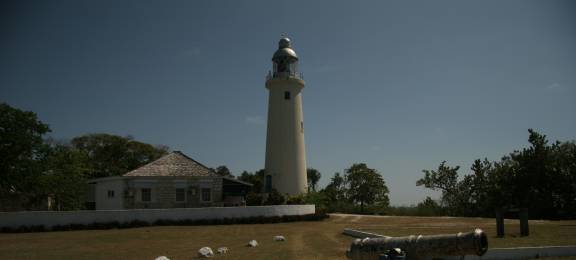Benta River Falls is one of Jamaica’s best-kept secrets. An attraction that is family-friendly and features 7 beautiful waterfalls and a breathtaking blue lagoon. Benta has been developed in an environmentally friendly and responsible manner with care taken to preserve the flora and vegetation of that region. There is a campsite to groups and individuals. Farm tours, showcasing local exotic flowers and fruits are currently in development.
